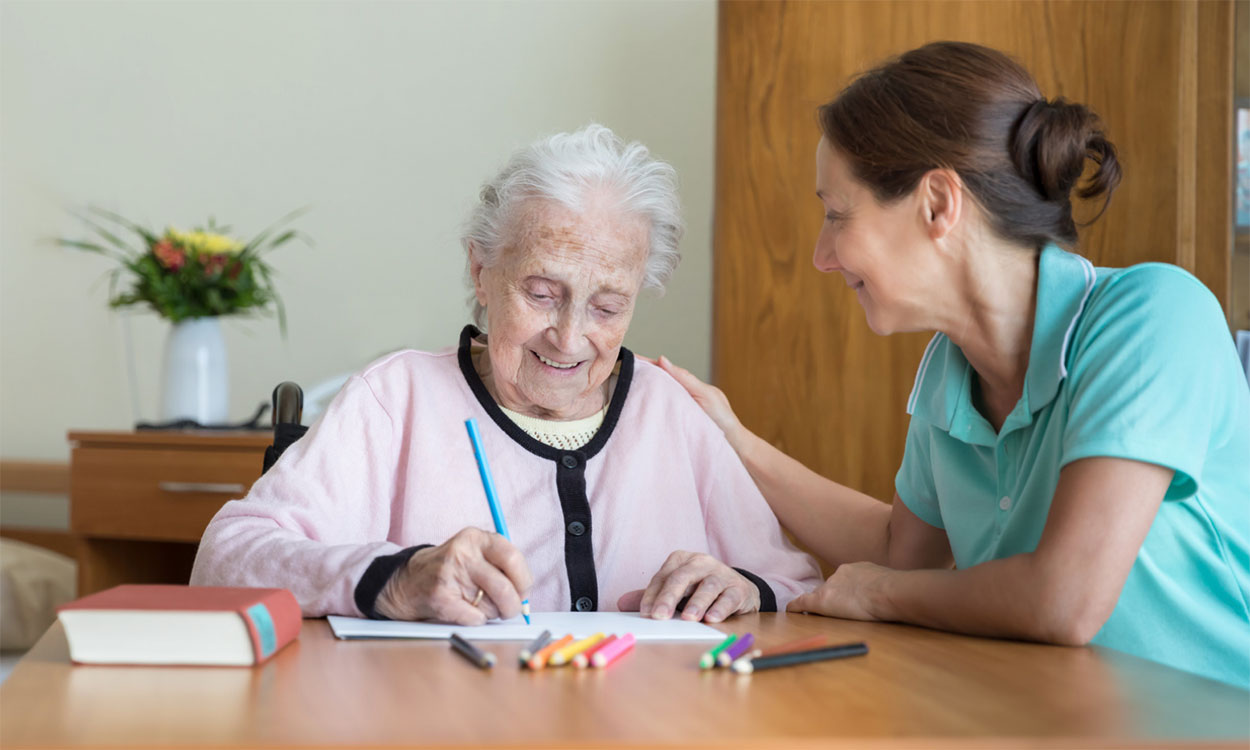Written collaboratively by Megan Jacobson and Hilary Overby.
Many of us take photos to capture memories, or moments in time that we want to remember. Photos are a great way to not only capture memories but also to capture perspectives. The one behind the camera has the power to capture an image that is unique to what the photographer is perceiving and experiencing. Researchers are using photos in this way, through PhotoVoice, to help document and showcase perceived strengths and weaknesses on a variety of topics, such as school wellness efforts, and are using the outcomes to raise awareness and advocate for change.
About PhotoVoice
Researchers at SDSU collaborated with SDSU Extension and the South Dakota Department of Health to develop a PhotoVoice: School Wellness Curriculum that uses principals of the Health Belief Model of behavior change to engage the school community in school wellness efforts. The curriculum consists of 4 educational sessions, 1 intersession, and 1 photo exhibit.
During the first two educational sessions students learn about PhotoVoice’s intended purpose and photography. They are then given one week to take photos throughout their school followed by educational sessions three and four which are mainly discussions held around their photos and experience.
The photo exhibit showcases student’s favorite strength and weakness photos to their community and school administrators to bring forth awareness and discussion.
Curriculum Overview
- Session 1: Introduction to PhotoVoice
- Session 2: Introduction to Photography
- 1-Week Intersession: Students take photos of their school wellness environment
- Session 3: Students choosing impactful photos & writing captions
- Session 4: Discussion on student perceptions of school wellness efforts & preparation for photo exhibit
- Photo Exhibit
The PhotoVoice: School Wellness Curriculum was originally implemented in 9-12th grade Family and Consumer Sciences, Physical Education, and Health classes. Because of the adaptability of PhotoVoice, the PhotoVoice: School Wellness Curriculum could be modified to promote school wellness efforts within a variety of age groups to raise awareness and engage the community, school members, and other important stakeholders in school wellness efforts. For more information contact Hilary Overby.
References:
- New York Prevention Resource Center. Changing your community through photos: A guide for using photovoice in your community. New York: The Children's Aid Society:15.
- Findholt NE, Michael YL, Davis MM. Photovoice engages rural youth in childhood obesity prevention. Public Health Nurs. 2011;28:186-192.
- Catalani C, Minkler M. Photovoice: A review of the literature in health and public health. Health Educ Behav. 2010;37:424-451.
- Strack RW, Magill C, McDonagh K. Engaging youth through photovoice. Health Promot Pract. 2004;5:49-58.
- Wang C, Burris MA. Photovoice: Concept, methodology, and use for participatory needs assessment. Health Educ Behav. 1997;24:369-387.
- Seitz CM, Strack RW, Rice R, Moore E, Duvall T, Wyrick DL. Using the photovoice method to advocate for change to a campus smoking policy. J Am Coll Health. 2012;60:537-540.
- Janz NK, Becker MH. The Health Belief Model: a decade later. Health Educ Q. 1984;11:1-47.
- Shaffer R. Beyond the Dispensary. Nairobi, Kenya: African Medical and Research Foundation; 1984.


